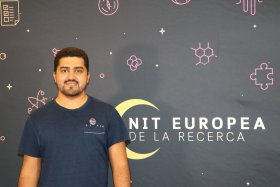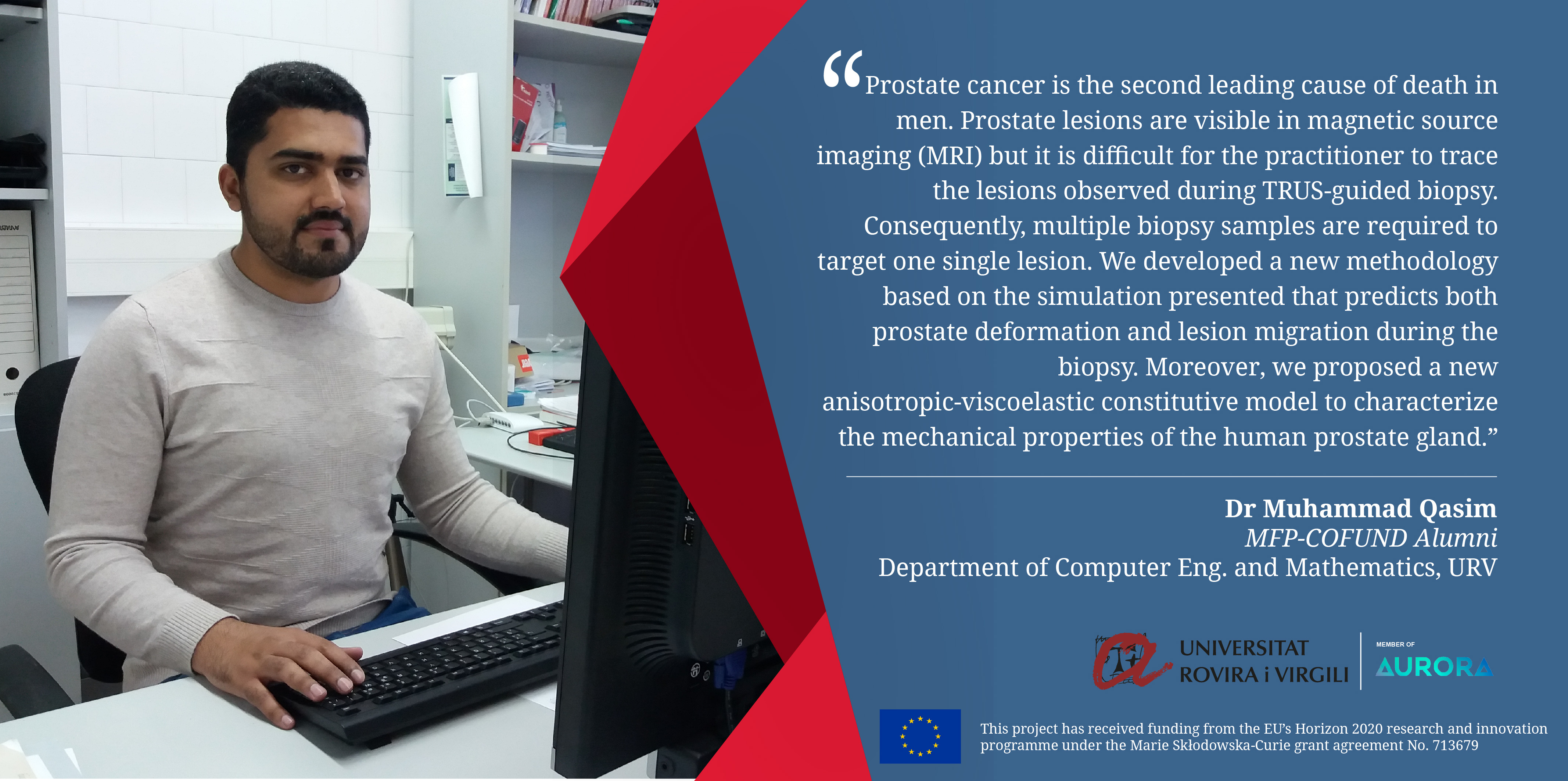Muhammad Qasim


PhD Programme: Computer Engineering and Mathematics
Research group: DCDYNSYS – Discrete and Continuous Dynamical Systems
Supervisor: Gerard Fortuny Anguera
Bio
Muhammad Qasim obtained his Bachelor and Master degree from COMSATS university Islamabad, Pakistan. During the master study, he participated in Summer School program at Heidelberg university, Germany where he learned DUNE-PDELab software and used this mathematical software to get numerical simulations of Phase-Field models by using finite element method for conforming and adaptive grids. Based on master thesis, he had published an article titled "Efficient Numerical scheme for solving Allen-Cahn equation" with the collaboration of his thesis supervisor. He also has a passion for teaching and he taught many courses at Federal Urdu University of Arts, Science and Technology (FUUAST), Islamabad. This experience provides him a unique skill set which will be critical for his successful career in PhD.
Project: Constitutive modeling of the male pelvic system to improve the accuracy of the location of neoplasms in MRI-TRUS fusion prostate biopsy
Computational modeling of the human pelvis using the finite element (FE) method has become extremely important to understand the mechanics of prostate motion and deformation when transrectal ultrasound (TRUS) guided biopsy is performed. The number of reliable and validated constitutive FE models of the male pelvis region is limited, and the given models did not precisely describe the anatomical behavior of pelvis organs, mainly of the prostate and its neoplasms location. Prostate lesions are visible in Magnetic Resource Imaging (MRI) but it is difficult for radiologists to locate them at the time of performing transrectal ultrasound (TRUS) guided biopsy. Consequently, multiple biopsy samples are required to target one single lesion. The three-dimensional (3-D) anatomy model of the pelvic region (comprised of the rectum, bladder, pelvic muscles, prostate transitional zone (TZ), and peripheral zone (PZ)), based on medical images, is constructed and used for the simulations. We implemented our new methodology that can help to predict the location of neoplasms during a prostate biopsy. Moreover, the new methodology is completely developed on open-source software, which means that its implementation would be affordable to all healthcare providers. Last but not least, we presented our new model for the anisotropic-viscoelastic behavior of the prostate.
Open Access publications
Outreach activities
- European Researchers' Night 2020: “The paths of water”.
International secondment
- Norwegian University of Science and Technology. 3 months (2021).




